It is white, it is quite stable in shape and it squeaks between the teeth. For vegetarians, it is also a hearty substitute for grilled meat. In addition, this cheese is also a political cheese. Real Halloumi (Greek) or Hellim (Turkish) originates from Cyprus and the Mediterranean island has been divided into a Greek-Cypriot and a Turkish-Cypriot part since 1974. The entire island republic has been an EU member since 2004. However, EU law is not applied in the Turkish-Cypriot north. But there has been a joint solution for halloumi and hellim since 2021. The EU Commission has registered halloumi and hellim produced throughout Cyprus as a protected designation of origin . Only halloumi and hellim produced in Cyprus in compliance with the product specification may now bear the registered name. This brings economic benefits to Cyprus and perhaps also contributes to the rapprochement of the two parts of the island. Whether Hellim or Halloumi, this cheese, which goes by the name of grilled cheese here in Germany, has been part of the cuisine in the eastern Mediterranean for thousands of years. Halloumi is found in Lebanon, as well as in Syria, Greece, Turkey and Cyprus.
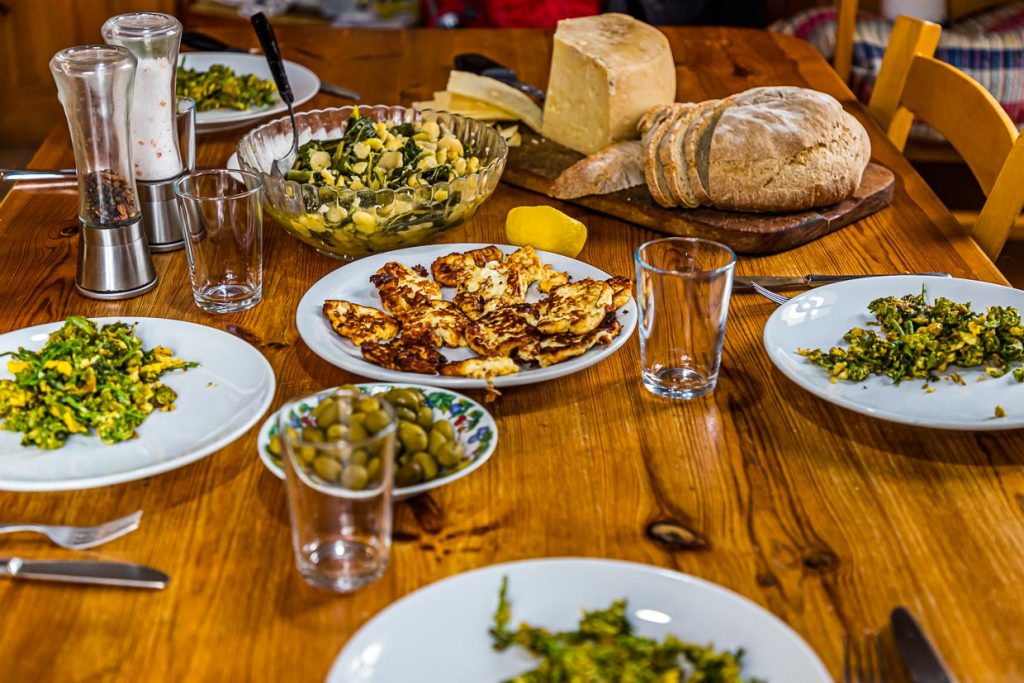
Hellim from Northern Cyprus
In many of the small northern Cypriot villages there is still a cheese woman. She gets fresh milk from the village farmers every morning. Hellim, which is mostly known as halloumi in our country, is a semi-hard cheese made from the milk of cows, sheep or goats. In artisanal production, the milk is often mixed. In industrial production, only pasteurized cow’s milk is used. Hellim is part of every Cypriot appetizer table. Freshly sliced and rubbed with mint leaves, it can be eaten directly with fresh pita bread. However, it is usually grilled or pan-fried.
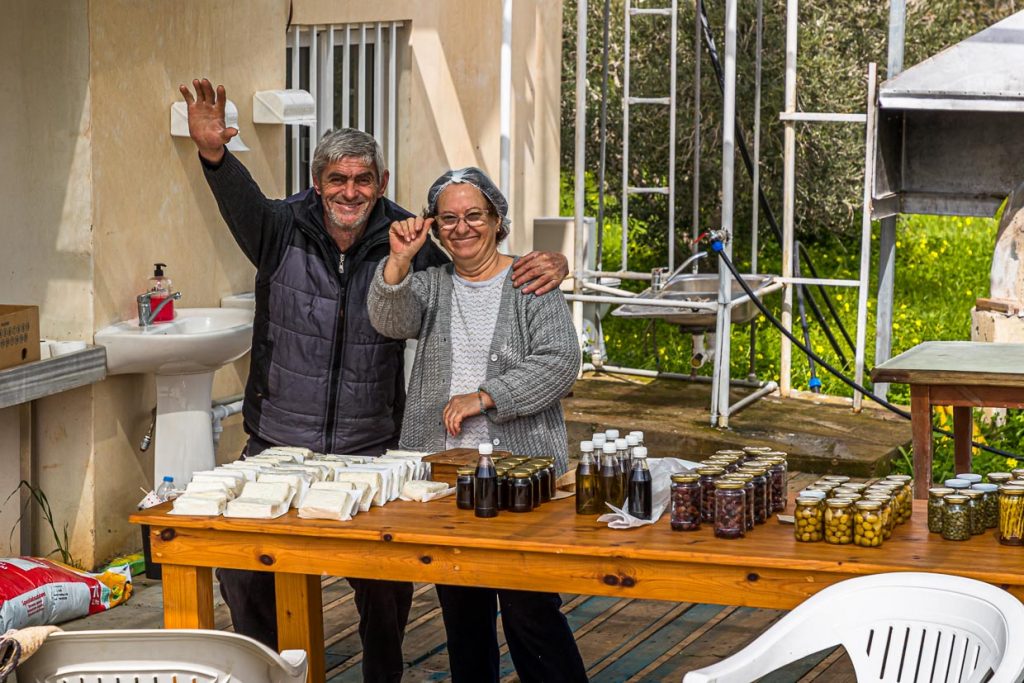
Hellim from the cheese cooperative
In the village of Akdemiz, the cheese woman’s name is Fatma. She tells us that it takes eight hours to make Hellim. The large dairies use almost exclusively cow’s milk, while in the village the small amounts of milk from the goat and sheep herds are processed into hellim. These are small village cooperatives that supply the stores in the area with Hellim cheese and cover the families’ own needs.
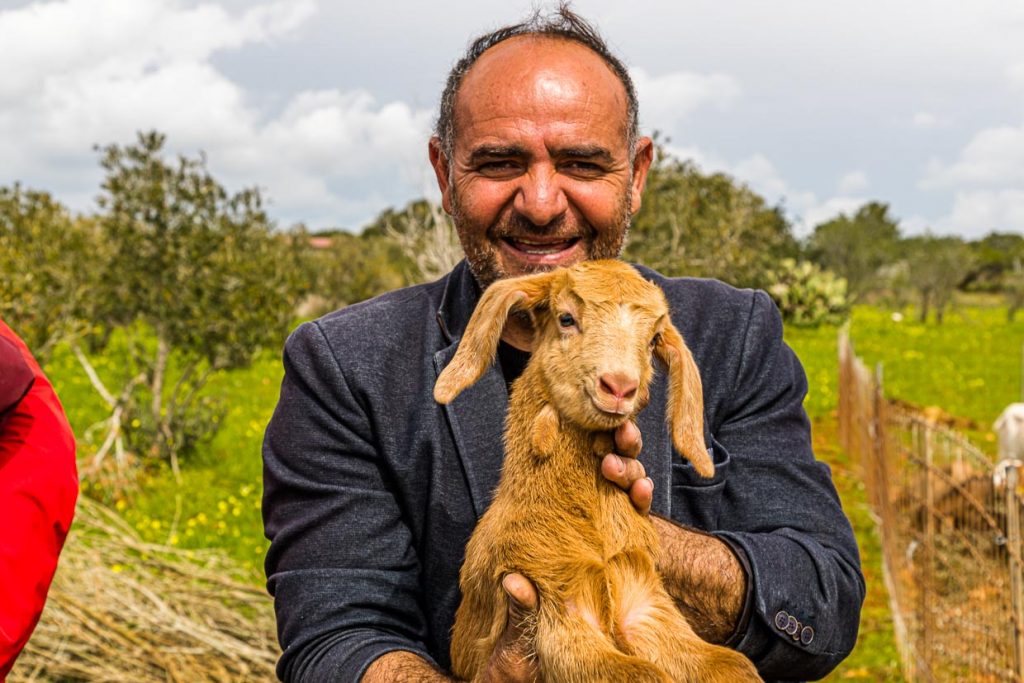
Between 5 and 7 in the morning, the milk is milked and brought to the cheese station by the small farmers. Then Fatma’s work begins. The milk is boiled, rennet is added until the milk thickens. A curd-like curd is formed. Fatma fills the curd onto a metal plate. Here the curd is pressed to get the water out. This metal sheet literally shapes the Hallim and Halloumi cheeses. Everyone knows the rectangular slices. Blocks of cheese are cut from the sheet and boiled in the collected salted whey. The boiling time, at a temperature just below 100 degrees, is a matter of feeling. Fatma couldn’t and didn’t want to be that precise about the boiling time. It is about 30 minutes, then the pieces of cheese rise to the surface of the water. By the smell and the consistency Fatma recognizes the right time to remove the cheese,. The large pieces are taken out of the water, carefully squeezed out and sprinkled with salt on all sides. Fatma puts some fresh mint leaves between the cheese halves and then folds them together. By this folded form you can recognize the handmade Hellim or Halloumi according to old tradition.
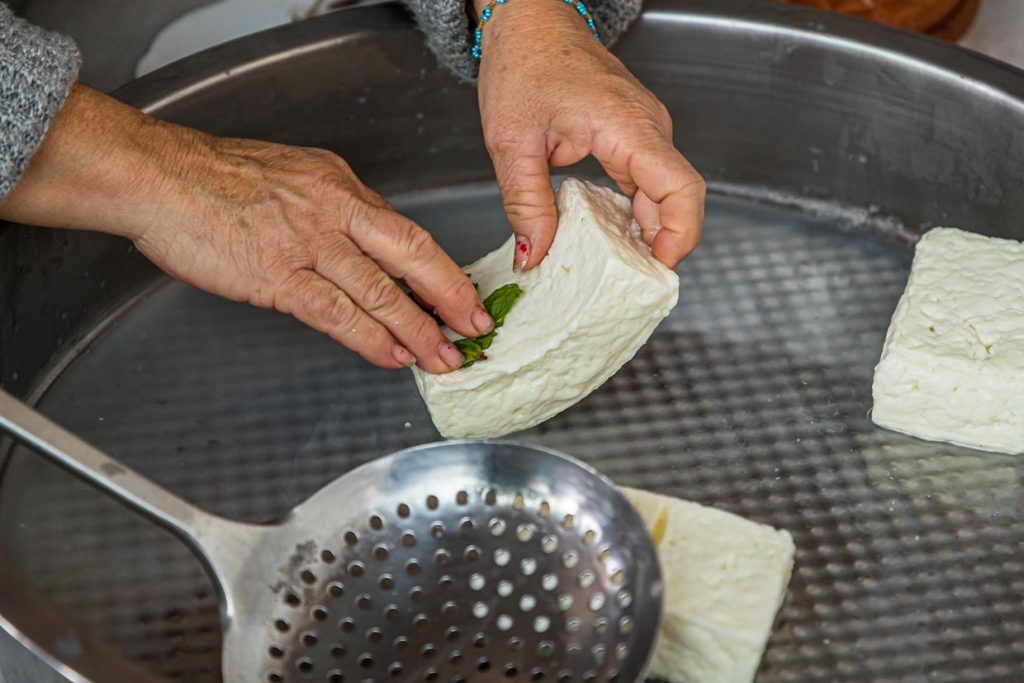
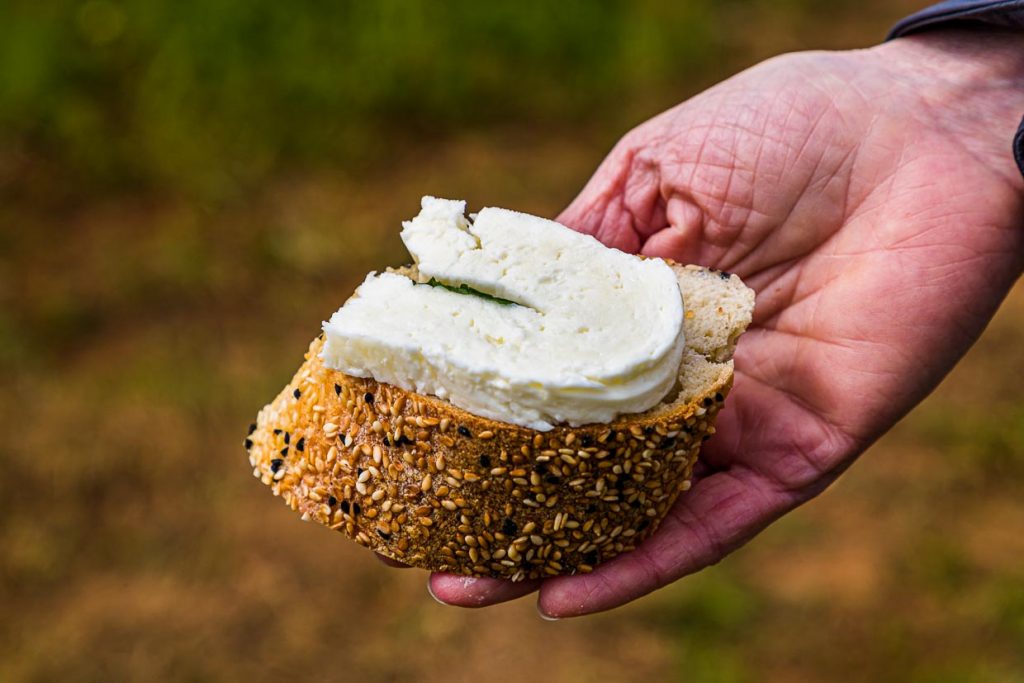
In the small grocery stores in northern Cyprus, hellim from the cooperatives can also be found stacked in large glass balloons or plastic buckets and covered with salted whey. Hellim or halloumi keeps like this for six to eight weeks. It becomes saltier with time. To desalt, the pieces of cheese can be rinsed under clear water or soaked in milk.
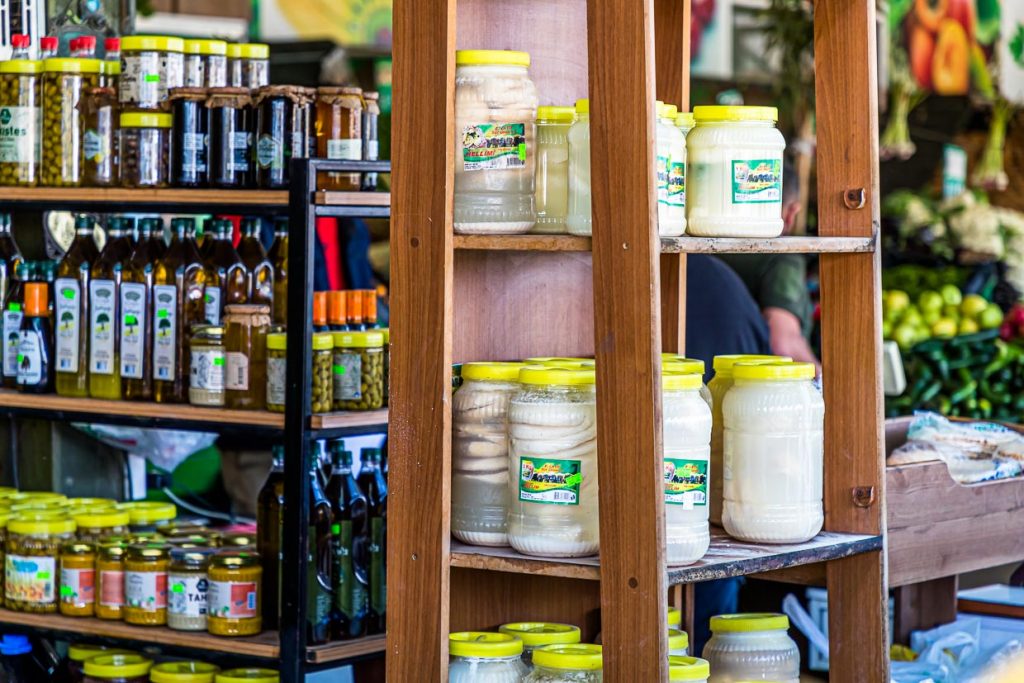
For more on the history of divided Cyprus, see our travelogue on the ghost town of Varosha . In July 1974, the north of the island of Cyprus was occupied by Turkey after Greek putschists wanted to enforce the annexation of the island to Greece. The tourist stronghold on the Mediterranean Sea was a restricted military area since 1974 and the buildings have fallen into disrepair. Since 2020, part of the district has been accessible again. A touching experience, because war is once again a reality in Europe.













